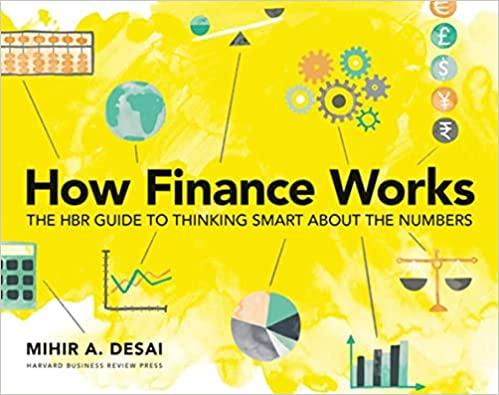Answered step by step
Verified Expert Solution
Question
1 Approved Answer
all of these questions relate to each other that is why I am posting all of it together. I will leave a thumbs up thank
all of these questions relate to each other that is why I am posting all of it together. I will leave a thumbs up thank you! 

Instructions: Use four decimal places for your calculations and show your answers to four decimal places. If you need to show your answers as a percent, take four decimal places from your calculation, converting them into a percent. For example, if your calculation results in 0.4567, show 45.67%, not 46%. To set your Texas Instrument BA II PLUS calculator at 4 decimal places, press [2ND] FORMAT 4 [ENTER]. Please follow the instructions for homework assignments on the syllabus. Use the following scenario for stocks X and Y to answer the questions below. Additional information for your computational convenience: Variance of returns on stock X=0.0120 Expected return on stock Y=10% Variance of returns on stock Y=0.0480 Covariance between returns on stocks X and Y=0.0240 Questions (1) What is the expected return for stock X? (2) What is the standard deviation of returns on stock Y ? (3) What is the coefficient of variation (CV) for stock X ? (4) What is the coefficient of variation (CV) for stock Y ? (5) Which stock is riskier based on the CVs? Why? Justify your answer. (6) Compute the correlation coefficient between returns on stocks X and Y. (7) Identify the direction of interrelationship based on the correlation coefficient. A. Positive B. Negative C. No relationship D. You cannot tell the direction of interrelationship by correlation coefficient. (8) Based on the correlation coefficient, how strongly are the returns on the two stocks related? A. Very strongly positive B. Very weakly positive C. Very weakly negative D. Perfectly negatively correlated E. You cannot tell the strength of interrelationship by correlation coefficient. (9) Assume that of your $10,000 portfolio, you invest $6,000 in stock X and $4,000 in stock Y. What is the expected rate of return on your portfolio? (10) What is the standard deviation of returns on your portfolio 

Step by Step Solution
There are 3 Steps involved in it
Step: 1

Get Instant Access to Expert-Tailored Solutions
See step-by-step solutions with expert insights and AI powered tools for academic success
Step: 2

Step: 3

Ace Your Homework with AI
Get the answers you need in no time with our AI-driven, step-by-step assistance
Get Started


